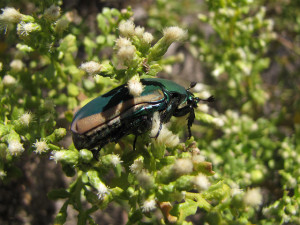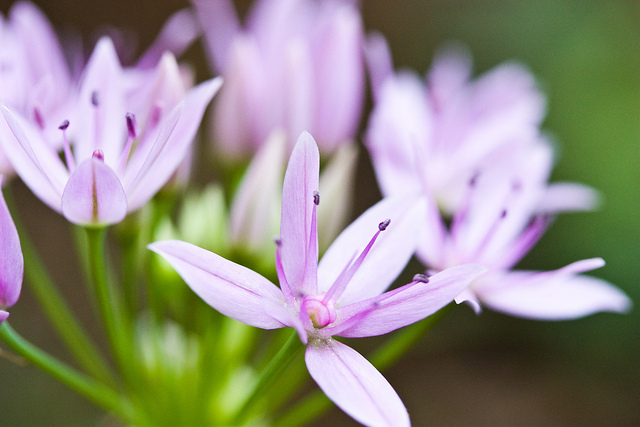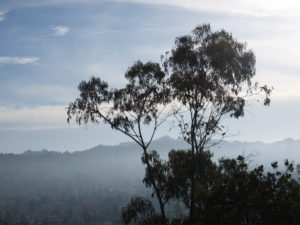As spring arrives, the Bay Area is bursting into full bloom, as will much of the rest of the country in the coming weeks and months. But truth be told, the flowering never really stopped here at all over the winter.
As any local botanist can tell you, the Bay Area’s year-round bloom is a product of a mild, Mediterranean climate. But the details are a bit of a mystery since the timing of California’s plant growth is relatively undocumented in the scientific literature. The California Phenology Project (CPP) is working to change that.
“Our climate and our flora are really different from the East Coast, which is where the history of phenological monitoring evolved,” said Liz Matthews, a researcher at UC Santa Barbara who is part of the CPP. “But plants in the Mediterranean climate don’t work the way that plants do in a deciduous forest in the East.”

Native plant species have each adapted differently to take advantage of the mild climate. Spring brings a kaleidoscope of wildflowers—one that lasts through the summer, as different species reach their peak while others fade.
But it’s the fall and winter blooms that really stand out. There aren’t many of them, but they overlap one another so that something is in bloom, somewhere in the region, at all times. Coyote bush is the main flower of the late fall, covering the shrubs with puffy white blooms. As winter advances, the bay laurel trees start up with their petite greenish-yellow flowers. By January the milkmaids and fetid adder’s tongue begin to appear, and the cycle has begun again.
And flowering isn’t all that the plants are doing. They can grow throughout the year too, Matthews said.
“There is consistent activity of chaparral species,” she said. “They really do respond to sporadic climate events; Baccharis [coyote bush] does put on a few new leaves every time there’s a rain.”
Many invasive species also thrive around here. Roughly 1,800 non-native species grow in the wild in the state, according to the California Invasive Plant Council. Of these, 200 are considered to be actively invasive. Many of these become problem weeds because of their ability to adapt and thrive in a climate very different from the one they came from.
“I’ve observed that a lot of our invasive plants can take advantage of a lot of different environments,” said Robert Steers, vegetation ecologist for the San Francisco Bay Area Network of National Parks. “They aren’t habitat specialists like a lot of our native species.”
Unlike the native species, which tend to have a specific season in which they flower, many invasives can be found flowering in patterns that don’t seem to relate to the time of year. This is because instead of responding to day length as their phenologic cue, these species are adapted to more environmental cues such as water availability, Steers said.

For example, forget-me-nots and invasive wild onions mainly bloom in the spring—but you can often spot scattered individuals blooming throughout the year, responding to the environmental conditions in the particular microclimate where they happened to take root.
Another thing that makes Bay Area phenology different is that although our climate follows the Mediterranean pattern—with wet winters and dry summers—rainfall is less predictable in California than in other Mediterranean regions, according to Steers. Basically, we have more droughts than do other places with similar climates.
One result of this unpredictability is that native plants have evolved to play it safe, biologically. Though they may sprout after the first early rainfall, they don’t immediately put a lot of energy into growing and flowering—whereas non-natives do. This means that in seasons with lots of rainfall, the invasives get a head start, and outcompete the natives. But in seasons where an early rainfall is followed by a long dry spell, the invasives that grew so vigorously wither and die. Any later rain gives the natives a chance to bloom—and can often result in a spectacular year for wildflowers.
“A lot of the invasive species aren’t programmed to play it safe,” Steers said. “But most California natives are a little more lazy. They just take it easy, California style, and wait for the right opportunity.”
Jacoba Charles is a contributor to Bay Nature, and the author of “The Pheonolgy Project: Getting Kids Involved in Climate Science,” in the April 2013 issue of Bay Nature Magazine.





